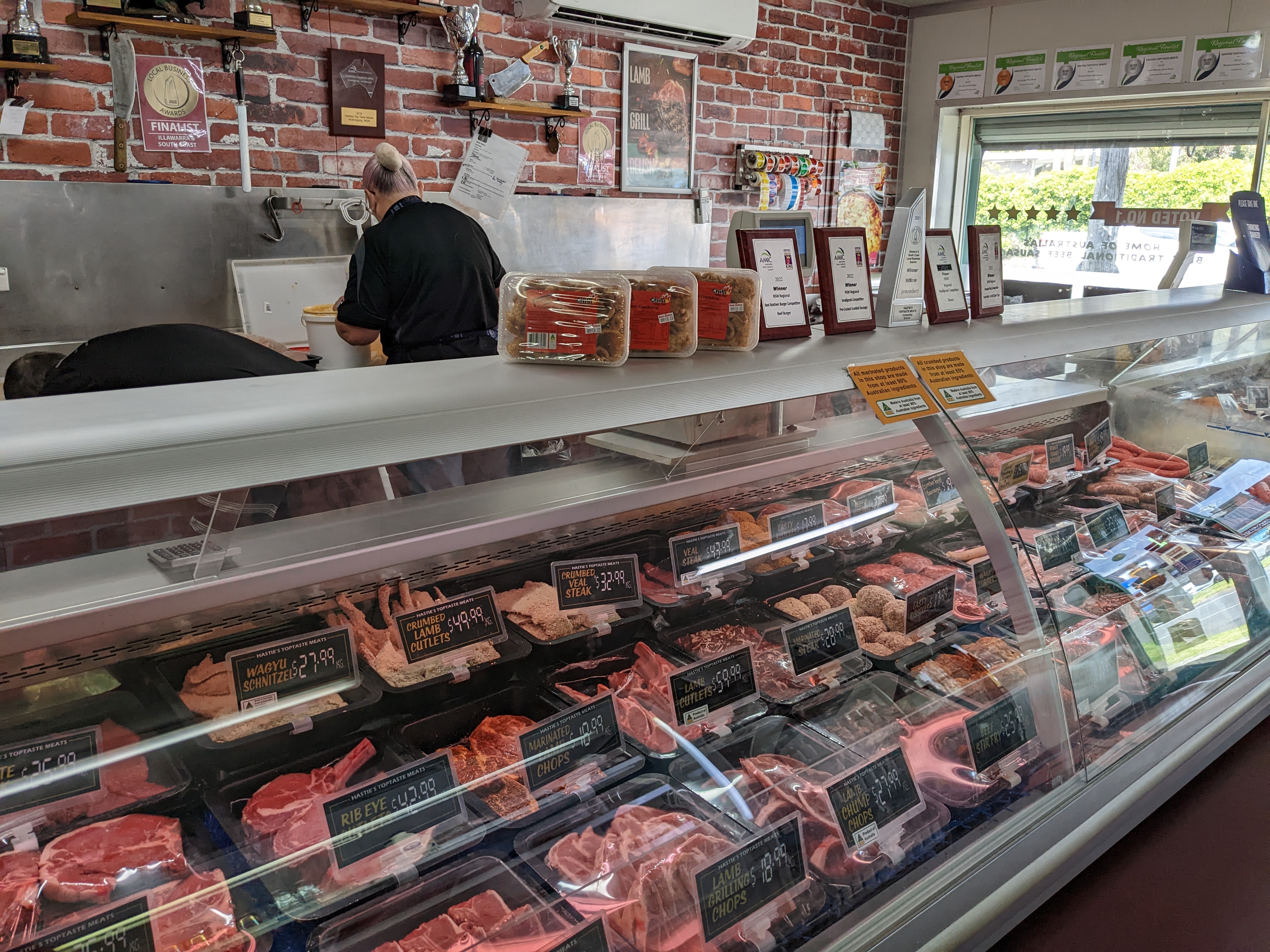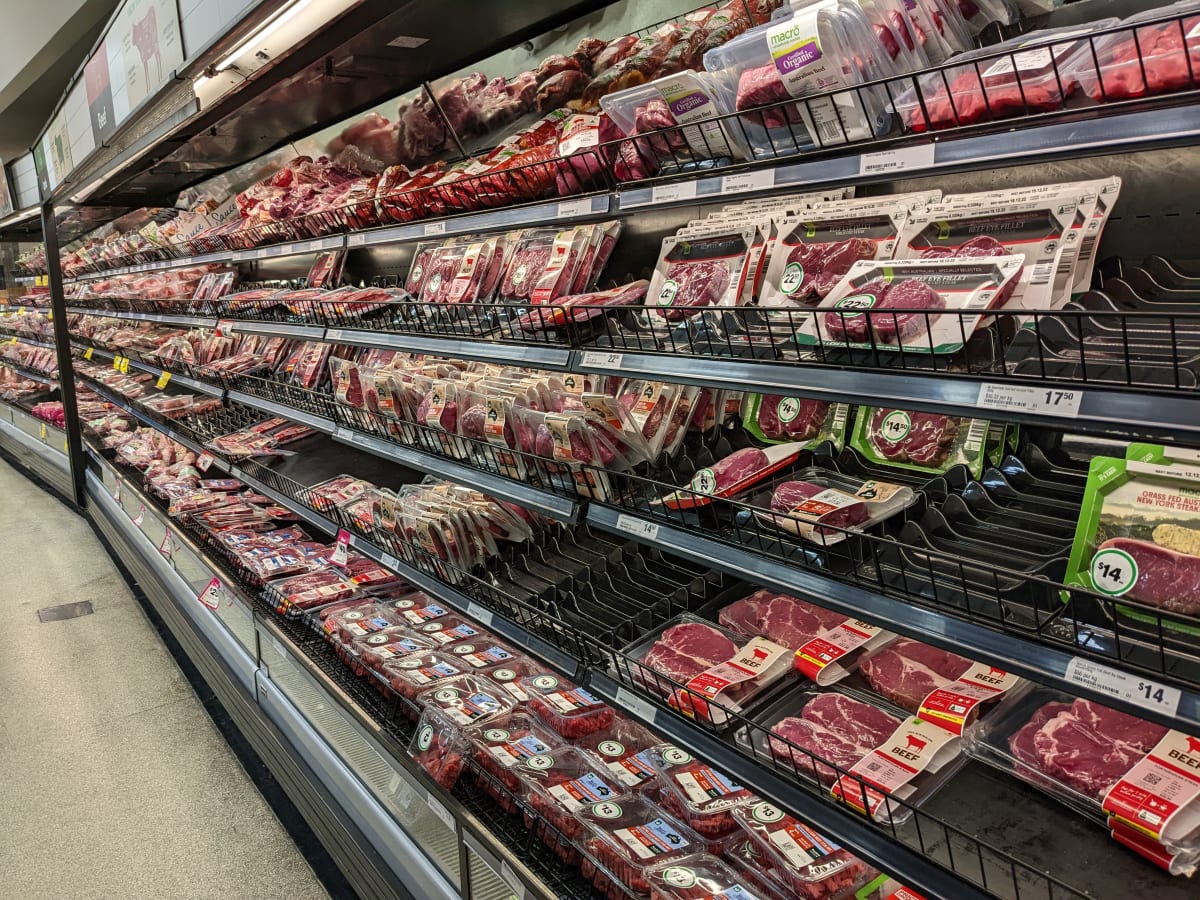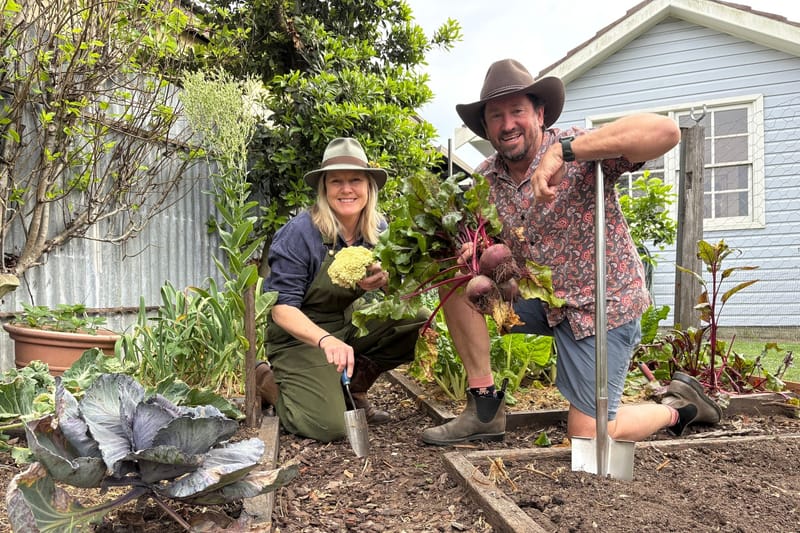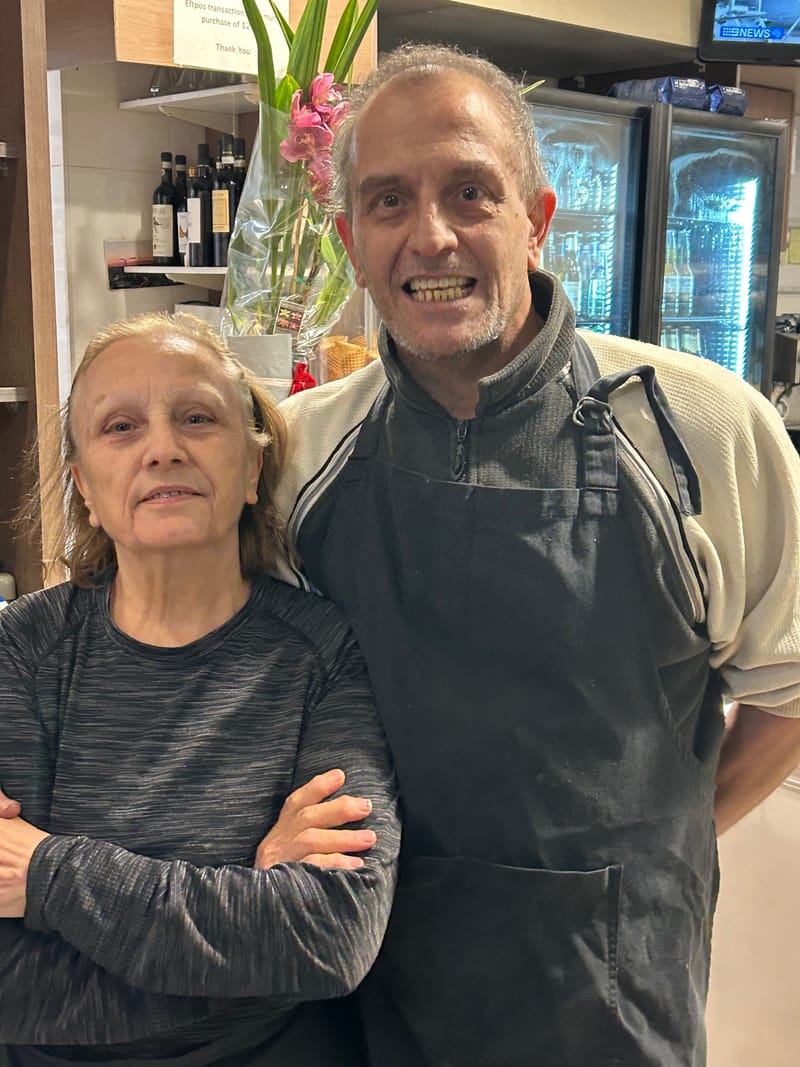In praise of local butchers
What makes a good cut of meat? Good breeds, good handling (in life and death), good ageing of meat and good feed. How do we know this information if we buy our meat from a supermarket, with only the basic labelling and no one to talk to about what it is and where it comes from?

What makes a good cut of meat? Good breeds, good handling (in life and death), good ageing of meat and good feed. How do we know this information if we buy our meat from a supermarket, with only the basic labelling and no one to talk to about what it is and where it comes from?
Those as old as me will remember the butcheries of the '60s and early '70s. I remember the jolly butchers, the carcasses hanging on gigantic hooks, the floor covered with a thick layer of sawdust, presumably to soak up the flowing animal juices. Those men (always men), with their blood-stained blue-striped butchers’ aprons and the straps hanging from their belts to sharpen their knives, knew where their meat came from and talked about it with their customers.
As a relatively wealthy, mostly omnivorous Western society, we are generally removed from the source of the meat we consume. This is particularly true if we buy our meat at the supermarket where the beef, chicken, pork and lamb cuts are packaged on a tray wrapped in plastic in serving-sized chunks, with no connection to the farmers who produced the meat and how the animals lived and died.

As consumers, we hope the animals have lived a good life. Animals that can move freely and express their instincts, free from danger and disease, are happier and tastier. It is also the right thing to do, ethically. Meat from animals that are treated sustainably and ethically costs more. For the animals’ sake, for the sake of the planet and for our own health, we should be eating less meat anyway.
Every time we buy something we support the system that produced it. To know more about the systems that produce our meat, we need to learn from those in the supply chain.
Our independent butchers specialise in knowing about the source of their animals and the conditions under which they are kept. Many have personal relationships with the farmer, with some even visiting properties. Most butcheries will take delivery of the whole carcass and break it down on site. Ideally, they offer 'head to tail' cuts, which makes full use of the animal.
Feather and Bone is Sydney’s best-known ethical butcher, with their first store in Marrickville established in 2006. The couple behind the store also wrote a book titled The Ethical Omnivore. This book aims to arm the reader with information about food production systems relating to meat, advocating for “sustainable biodiversity, resilience and vitality in soil, plant, animal and human communities”.
Author and broadcaster Matthew Evans writes evocatively about mass-produced meat and factory farming in his book The Real Food Companion. Animals that are kept in feedlots suffer from having no ability to free range. In the 1900s, when we discovered that we could cram chickens into cages and pigs into pens, meat output increased, was available and cheap, but flavour was secondary, let alone the welfare of the animals.
Of butchers, Evans writes: “My advice to you is give your butcher a hard time. Quiz them on breed and on where their meat comes from. Tell them what you liked about the meat you bought last time and complain if it doesn’t perform like it should.”
The take-home message is to buy your meat from a butcher rather than the supermarket. Ask your butcher to inform you how their animals were reared and handled, about the different cuts and how to cook them. Try the lesser-known cheaper cuts. The added bonus is that you avoid the polystyrene and plastic wrapping of meat from the supermarket. Go the whole hog (pun intended) and take your own bags or containers for filling.
As Matthew Evans says, “a good butcher will make you a better and happier cook”, and consumer.





